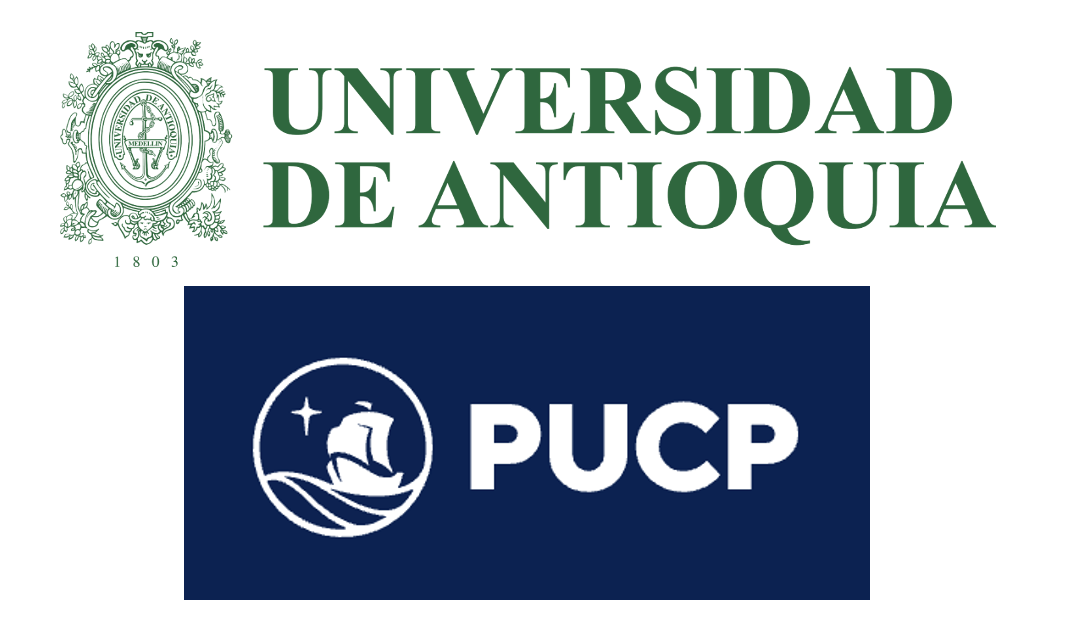The public subsector is responsible for the majority of the Peruvian population affiliated with social coverage of health expenditure, with two institutions administering health insurance funds: the Comprehensive Health Insurance (SIS), created in 2002 with a subsidized regime, and the Social Security for Health, with a contributory system.[1] The government offers health services to the uninsured population (with variable copay) through the SIS, which subsidizes the provision of services to people living in poverty.
The provision of services, both through the subsidized regime and for the SIS affiliated population, is effected through the network of regional government agencies and the Ministry of Health. Current health expenditure for 2019 was US$ 13.1 million. Peru is still below the World Health Organization suggested standard, with total government spending on health for 2019 equal to 3.3% of GDP (recommended standard is 6%) and out-of-pocket spending at 28.1% of current health expenditure (above the suggested range of 15 to 20%).
Moving toward universal health access
The political decision to move towards universal insurance began in 2002 when representatives of political, religious, civil society and government organizations signed a national agreement. In 2005, the Political Parties Agreement on Health was signed, and in 2007 the Ministry of Health’s Concerted National Health Plan was signed. In 2008, the Multisectoral Commission was established to propose the necessary mechanisms to consolidate a national health system and guarantee universal insurance. This commission drafted a bill that, after some debate, became law.[1] In 2009, the Framework Law on Universal Health Insurance was enacted; and in 2013, 23 legislative decrees were approved through Law 30073. The two laws form the basis of the health reform that sought to strengthen the stewardship and governance of the health system, the protection of individual health, the protection of collective health, and the protection of health rights.[2]
[1] Mezones-Holguín, Edward, Amaya, Elard, Bellido-Boza, Luciana, Mougenot, Benoit, Murillo, Juan P, Villegas-Ortega, José, & Del Carmen Sara, José Carlos. (2019). Health insurance coverage: the Peruvian case since the Universal Insurance Law. Peruvian Journal of Experimental Medicine and Public Health, 36(2), 196-206.
[2] Peru country profile, PAHO



